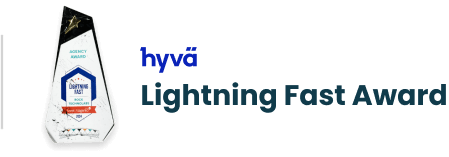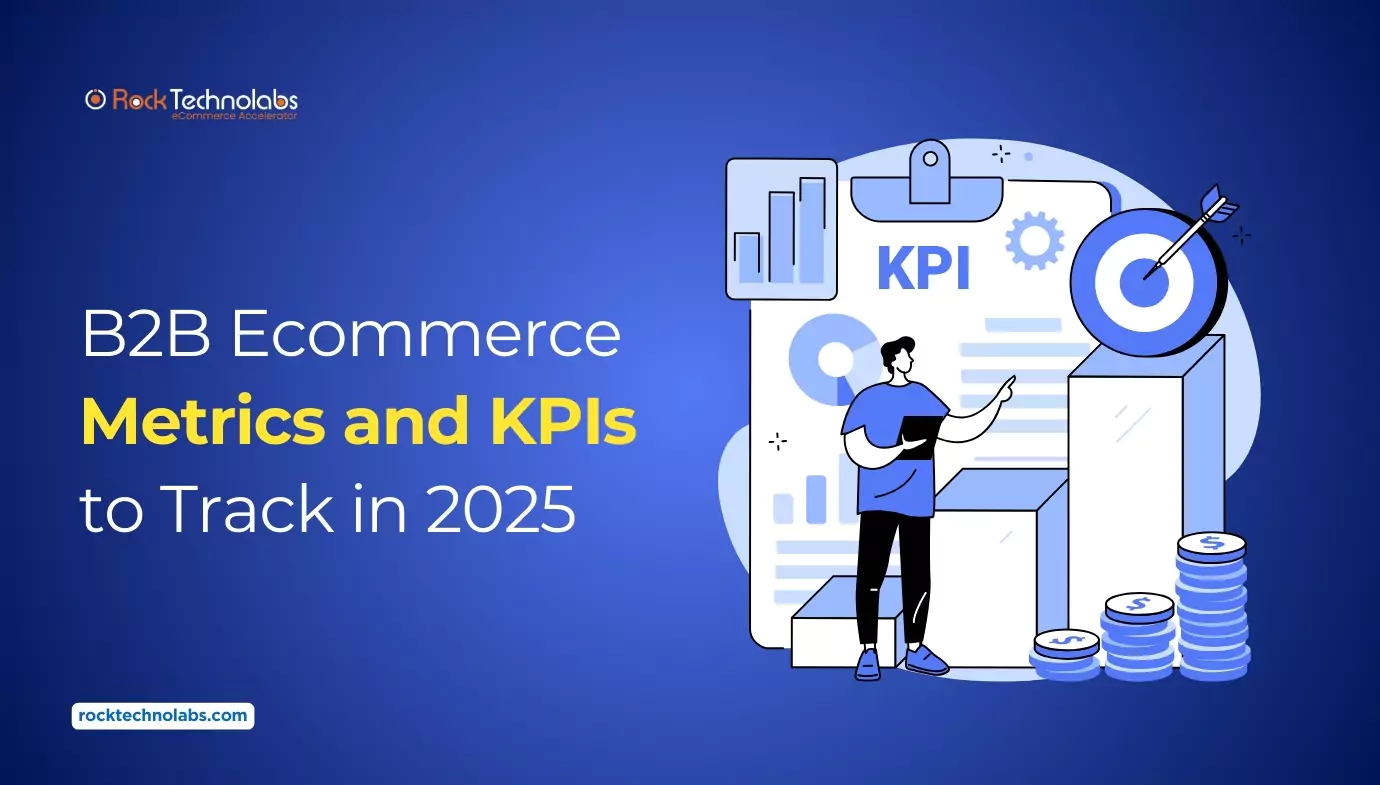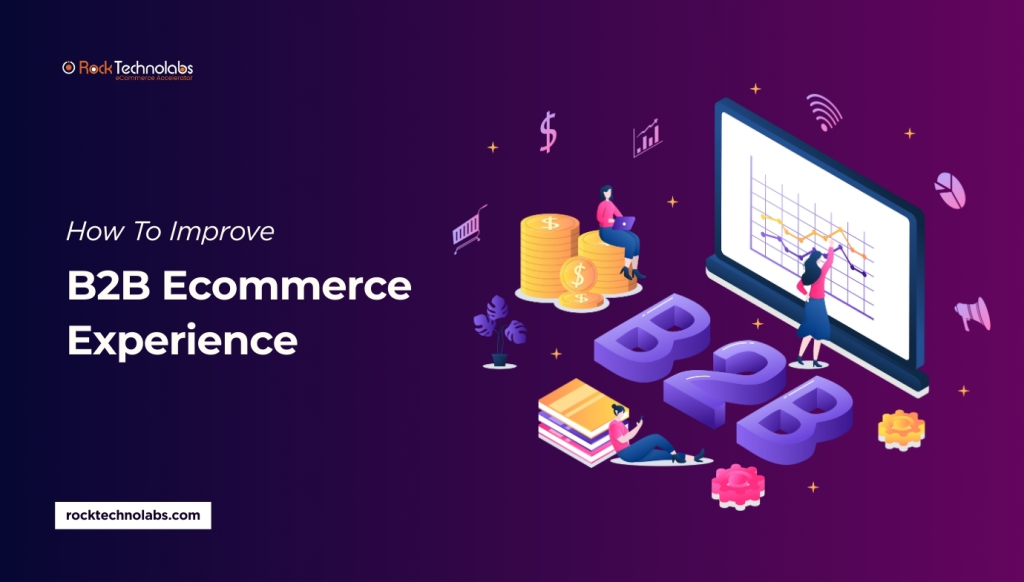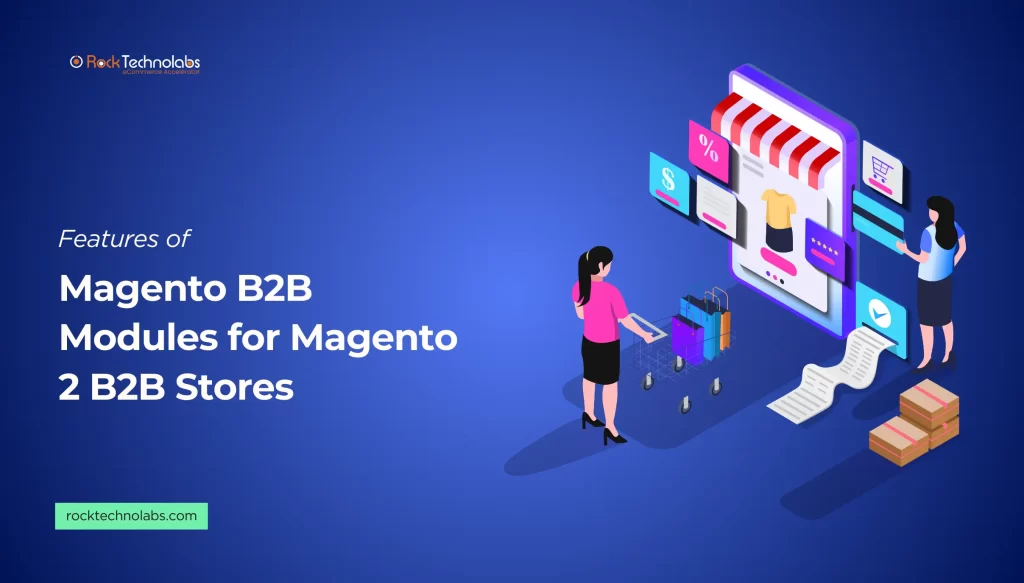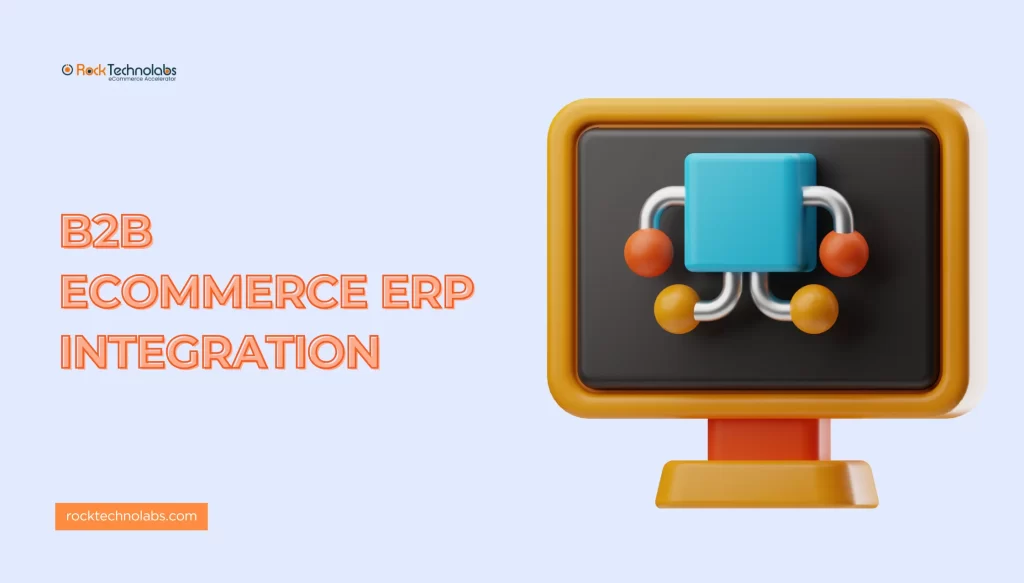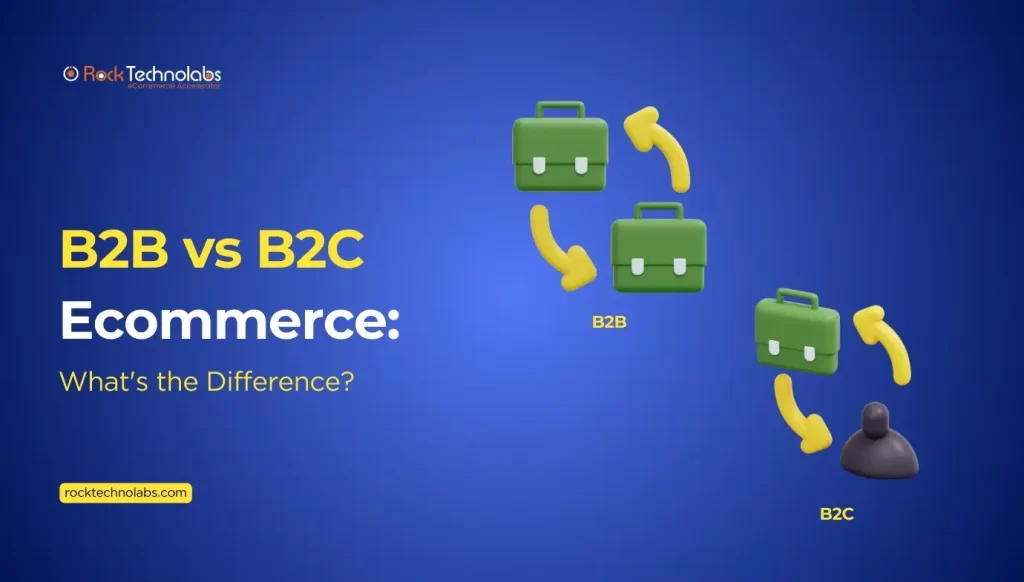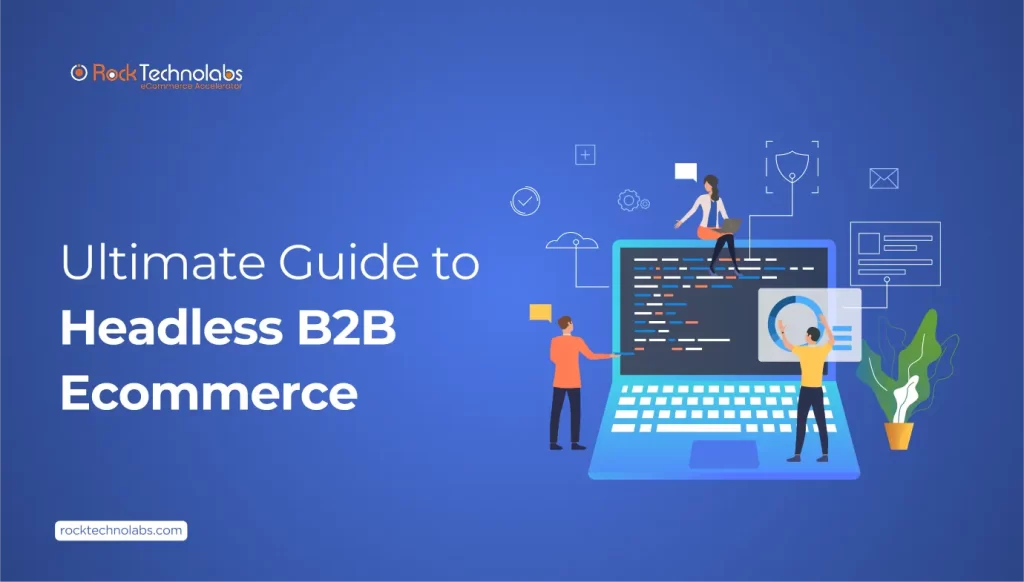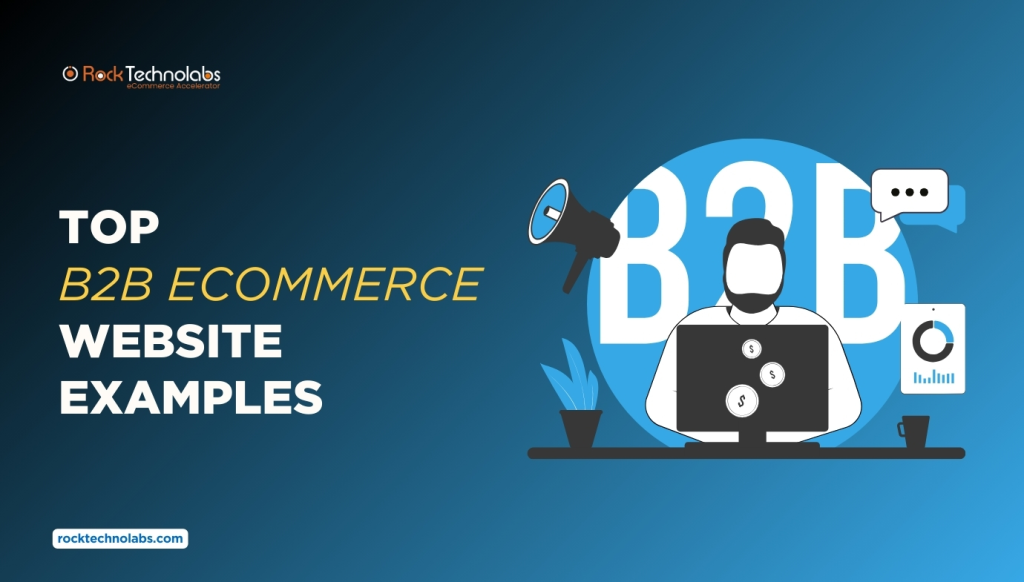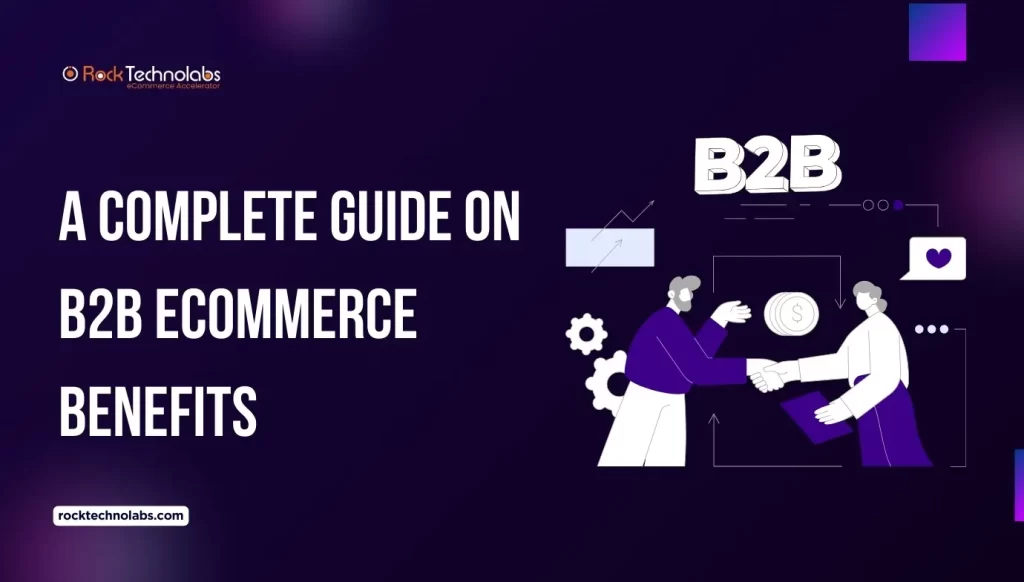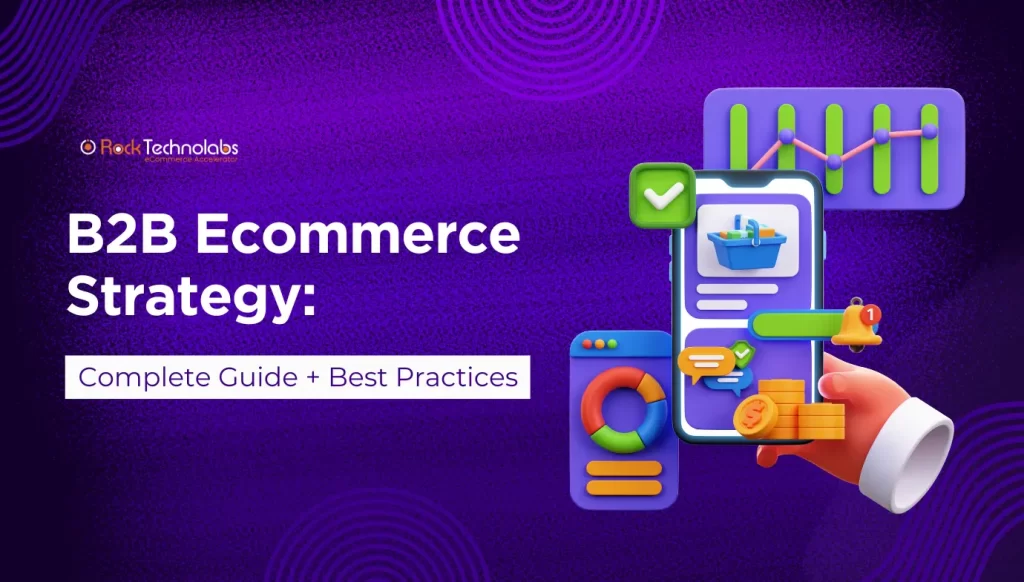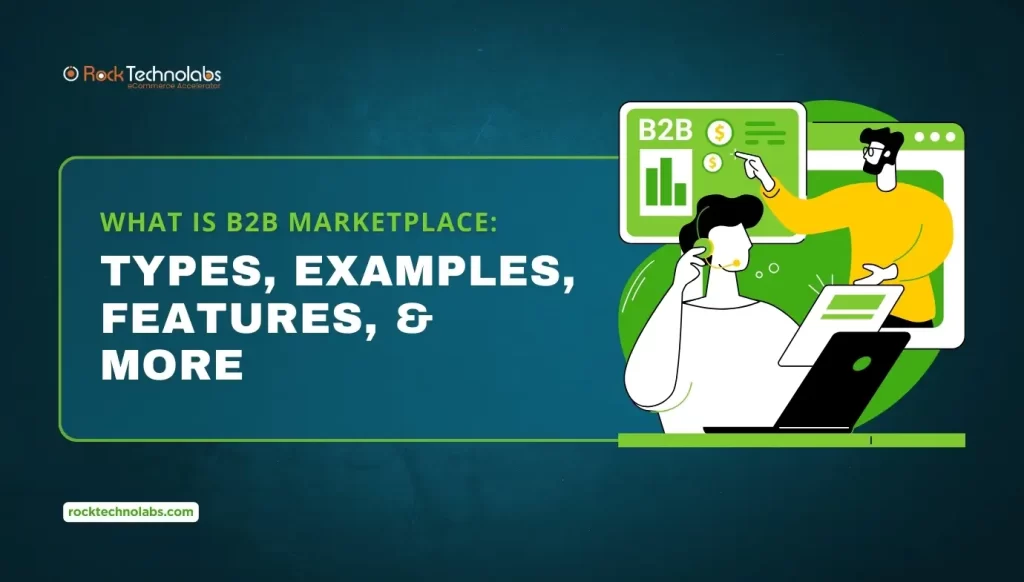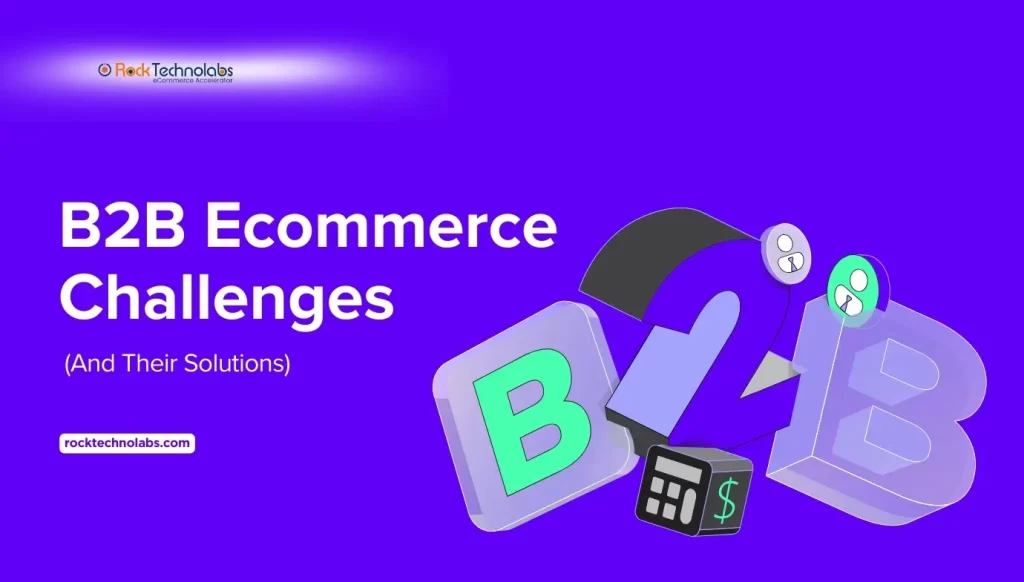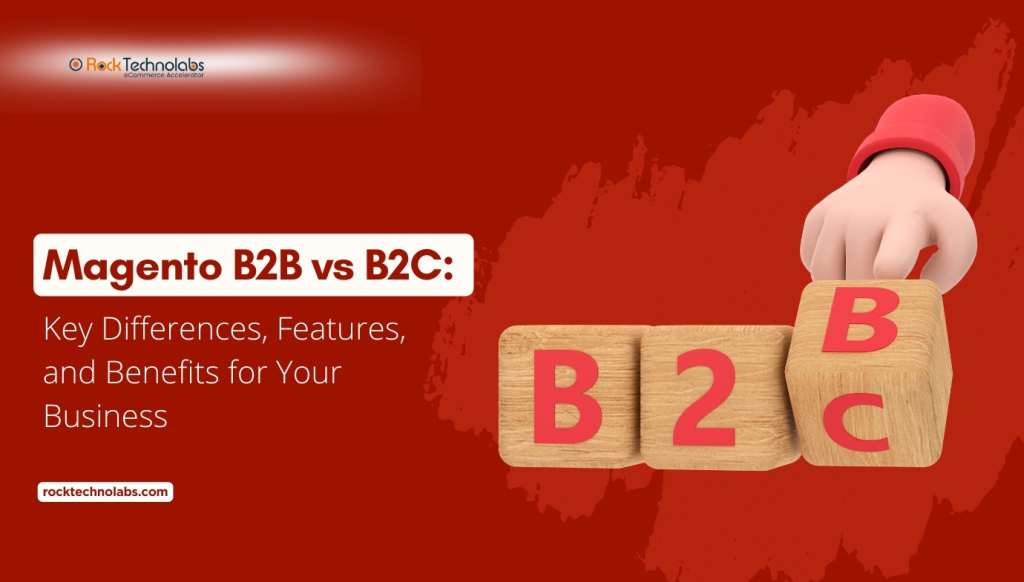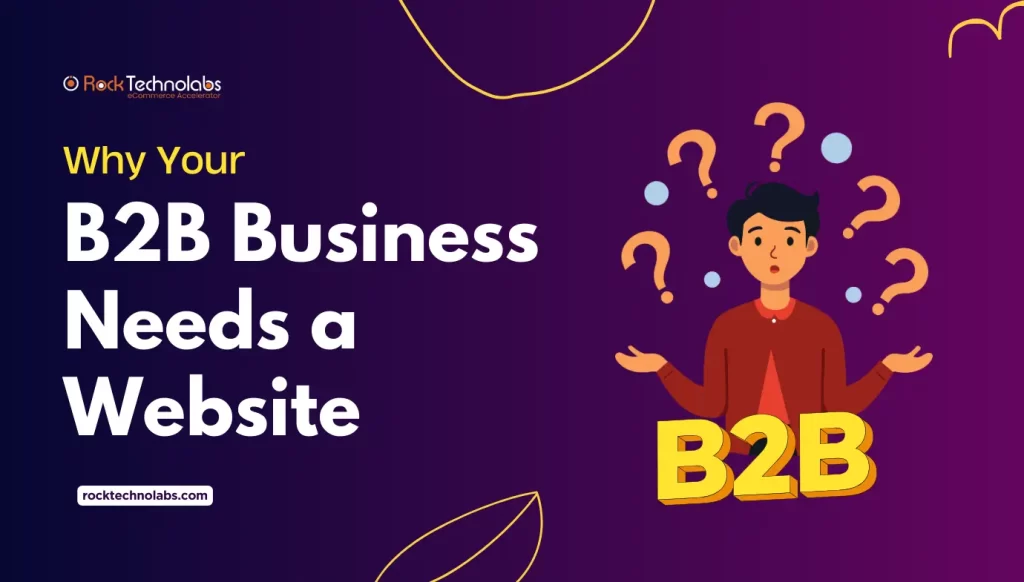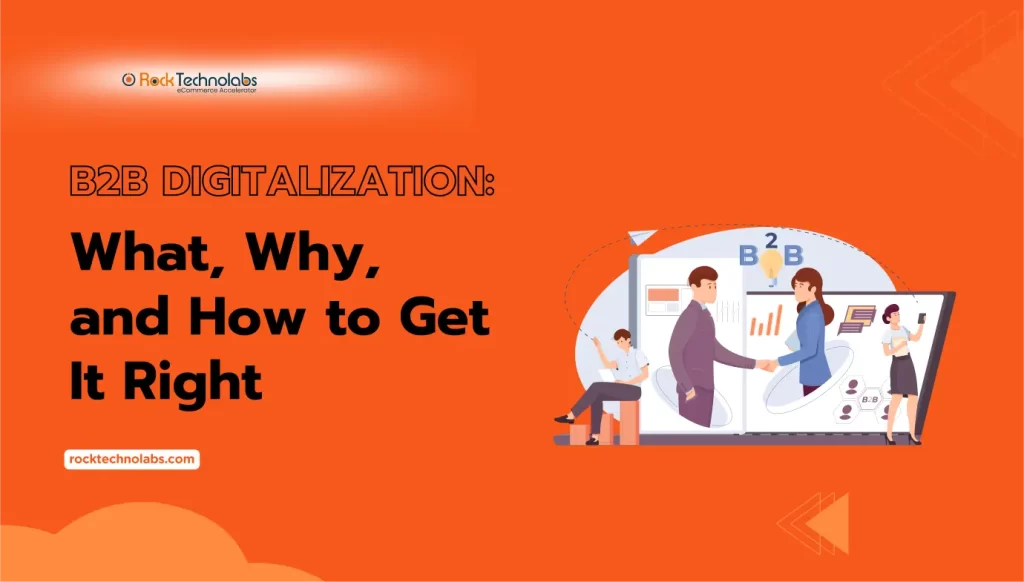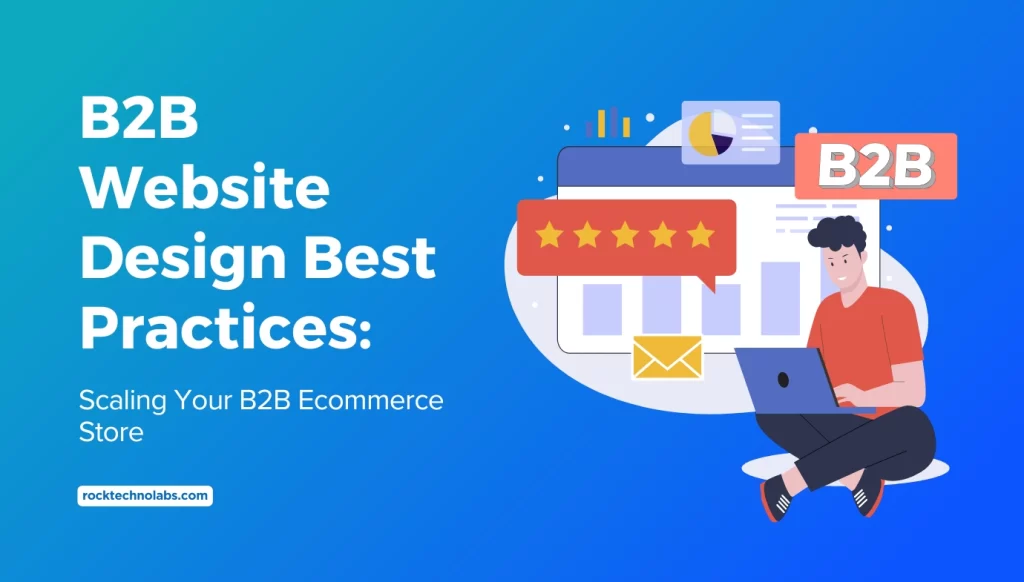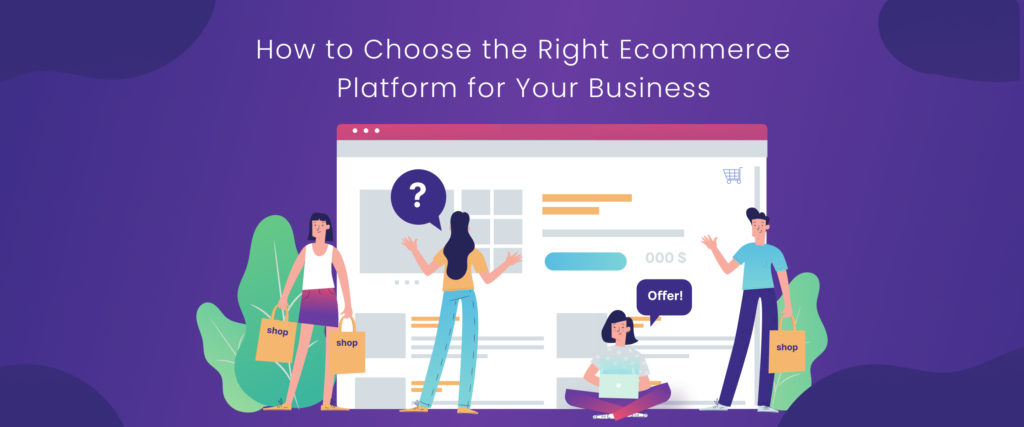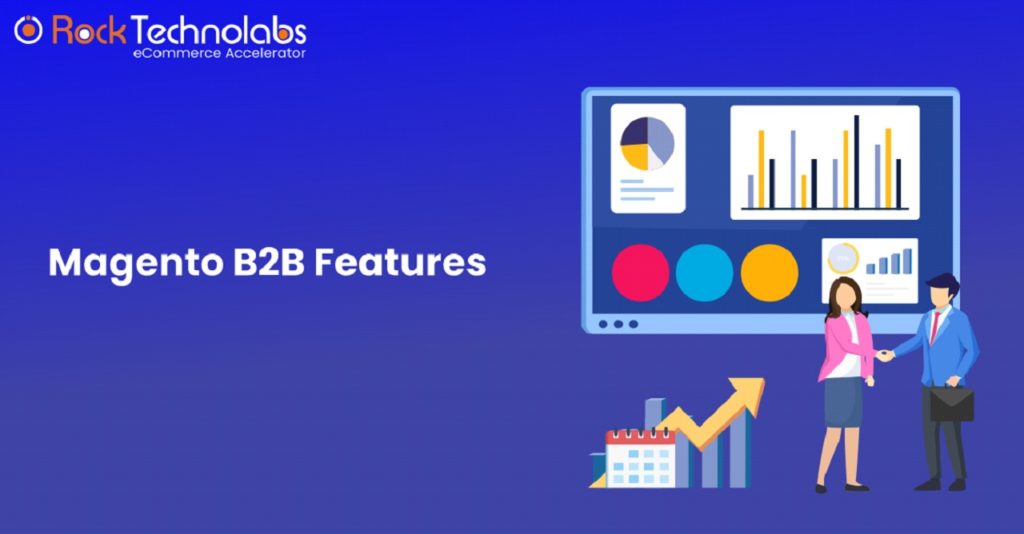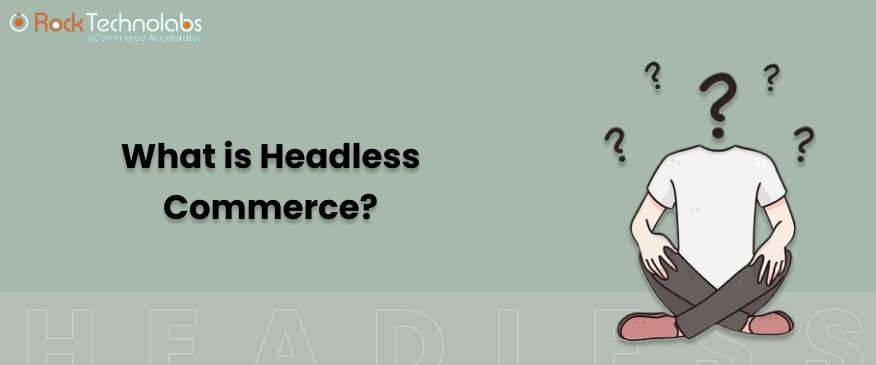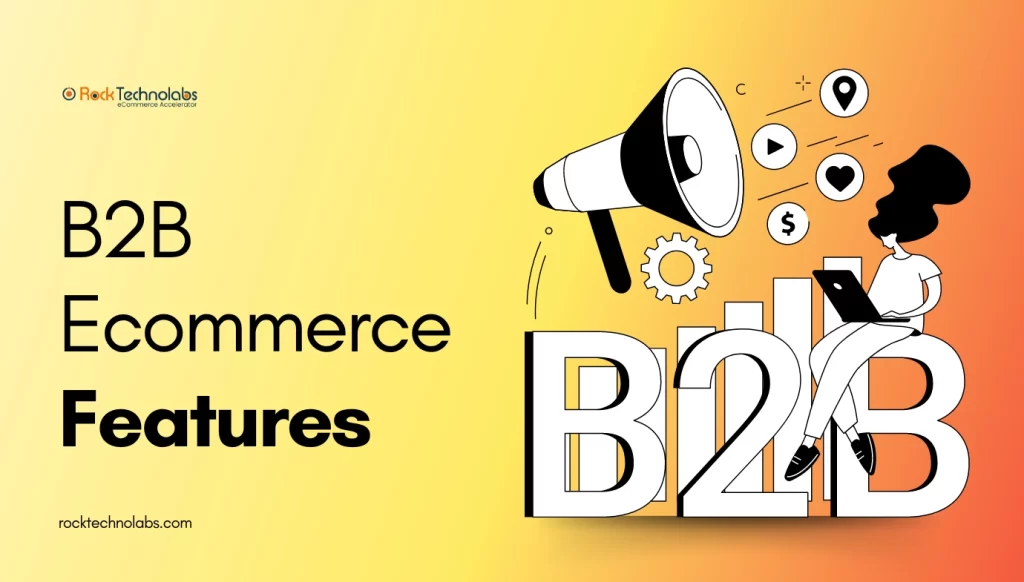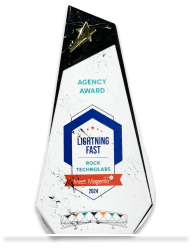In an ecommerce world where digital presence defines business success, understanding metrics is not just optional – it’s essential.
Why do some brands do better than others in the ecommerce industry? – They track the right metrics. The ecommerce world is large and your business can easily get lost if you do not know what metrics to focus on.
The word “Metrics” is almost a mantra when talking to B2B business owners about best practices.
Every brand is unique, facing different levels of competition, with various target audiences and thousands of unique ranking factors. Data is the only way to filter out the noise.
While there are many different metrics available in the market, tracking the right ones can be detrimental to your success on these eCommerce platforms. This is because when you do so, you focus on what’s most important and pivot your efforts towards that.
This guide will explore the essential B2B ecommerce metrics every business should track, explain their importance, and offer strategies to optimize them.
Key B2B Ecommerce Metrics To Measure Your B2B Brand Success
Let’s look at the top important B2B ecommerce metrics.
1. Website Traffic & Engagement Metrics
These metrics are important measures of how potential customers engage with your B2B ecommerce website. Reviewing these kpis enables you to refine your marketing, improve user experience, and eventually gain conversions.
a) Total Website Traffic
Measures the total number of visitors to your website.
A high volume of traffic can display effective marketing efforts and strong brand awareness. It also signifies that your website is discovered and attractive to your target market.
Stat Fact: Today’s buyers are tech and digitally savvy. Gartner Sales Survey finds that 83% of B2B buyers prefer to interact with digital channels during the buying process.
b) Bounce Rate
Measures the proportion of visitors who leave your website immediately without performing any other action like making a purchase, clicking on a product, or filling out a form. A high bounce rate indicates poor user experience and slow loading.
c) Average Session Duration
This metric shows how long users spend on your site. Longer session durations often correlate with higher engagement levels.
d) Pages Per Session
The average number of pages that visitors see during a single session.
Greater numbers (typically in excess of 3 pages per session) indicate high interest and good navigation.
This suggests that visitors find it easy to locate content and navigate your site.
Improvement B2B Strategies: Simplify navigation, use clear and brief content, and ensure the page layout is logical to influence visitors to visit additional pages.
e) Returning vs. New Visitors
The ratio of returning visitors to new visitors. Monitoring this ratio helps you understand customer loyalty and brand recall. The higher the ratio of returning visitors, the greater the percentage of a loyal customer base and effective brand recall strategies.
Pro Tip: Implement email promotional campaigns, offer loyalty schemes, and offer personalized content to encourage repeat visitation and customer loyalty.
2. Marketing Performance Metrics
a) Email Open & Click Through Rates
These metrics measure the significance of email marketing campaigns.
The formulas are:
Open Rate = Emails Opened ÷ Emails Sent × 100
Click-Through Rate = Number of Clicks ÷ Number of Emails Delivered × 100
Higher rates display strong engagement, while low rates suggest the need for better subject lines, personalized content, and optimized email timing.
b) Cost Per Lead (CPL)
CPL measures how much it costs to generate a new lead.
The formula is:
CPL = Total Marketing Spend ÷ Number of Leads Generated
Lowering CPL involves optimizing ad targeting, using organic content strategies, and refining lead nurturing processes.
c) Organic vs. Paid Traffic Ratio
This indicator compares the percentage of website visits who arrived from organic search against paid marketing.
A higher organic ratio implies strong SEO performance, whereas reliance on paid traffic suggests the need for improved content marketing techniques.
Recommended Read: 10+ B2B Ecommerce Trends For 2025
3. Operational Efficiency Metrics
a) Order Fulfillment Rate
Order Fulfillment Rate captures how effectively orders have been processed and are delivered timely.
The formula is:
Fill Rate = Fulfilled Orders ÷ Total Orders × 100
b) Inventory Turnover Rate
This metric measures how frequently inventory is sold and replaced.
The formula is:
Inventory Turnover Ratio = Cost of Good Sold ÷ Average Inventory
A high turnover rate shows effective inventory management, whereas a low rate can be overstocking or slow moving products.
To enhance this measure, companies need to study demand patterns, adopt just in time inventory techniques, and align stock levels to minimize holding costs.
4. Conversion Metrics
a) Conversion Rate
Conversion rate is a primary metric for B2B brands, measuring the ability to convert website visitors into paying customers or making them complete a specific action, such as:
- Making a purchase
- Filling out a form
- Subscribing to a newsletter
Calculating Conversion Rate:
Conversion Rate = Number of Successful Conversions ÷ Total Number of Site Visitors
Stat Fact: The average B2B eCommerce website conversion rate is 2% to 5%.
A higher conversion rate means more visitors are taking the desired action, resulting in increased sales and revenue. Tracking conversion rates, B2B brands can:
- Identify areas for improvement, such as checkout processes, product pages, or landing pages
- Make improvements in their website for better user experiences and higher conversions.
Suggested Read: Why Your B2B Business Needs a Website
b) Lead to Customer Conversion Rate
Lead to customer conversion rate is an important measure that represents the worth of lead generation and sales efforts in converting qualified prospects into paying clients.
Through this measure, companies can gauge the quality of leads, determine the importance of their sales funnel, and recognize improvement areas in their conversion efforts.
A greater lead to customer conversion rate shows successful lead generation and sales measures, whereas a lower one could show areas of opportunity for improvement.
Lead Conversion Rate = Total Number of New Customers ÷ Total Number of Leads × 100
Optimizing the lead to customer conversion rate enables companies to increase their lead generation and sales efforts, optimize their sales funnel, and drive revenue growth.
c) Shopping Cart Abandonment Rate
Cart Abandonment Rate is the rate of customers who place products in their online shopping cart but do not make the purchase.
Cart Abandonment Rate = Total Number of Abandoned Shopping Carts ÷ Total Number of Initiated Checkouts × 100
CAR is useful to a B2B brand because it can assist a brand to understand why customers are abandoning their purchases. Among the most frequent reasons that customers abandon carts are unexpected shipping fees, lengthy checkout processes, insufficient payment choices, security concerns, or simply getting distracted in the process of making a purchase.
Further Reading; B2B Website Design Best Practices: How to Scale Your B2B Store
5. Customer Experience & Support Metrics
a) Net Promoter Score
The Net Promoter Score is one of the metrics that count up the customer satisfaction by asking customers about how likely they would recommend the business or products to others.
The formula is:
Net Promoter Score (NPS) = Percentage of Promoters – Percentage of Detractors
b) Support Ticket Resolution Time
Support Ticket Resolution Time tracks the average time taken to resolve customer issues.
The formula is:
Average Resolution Time = Total Resolution Time ÷ Number of Tickets Resolved
A shorter resolution time leads to higher customer satisfaction. Companies can enhance this by adding AI enabled chatbots, upscaling support team training, and utilizing automatic ticket routing systems.
Bold (Proactive) communication also helps reduce frustration among customers waiting for issue resolution.
Read More: Top 10 Must-Have B2B Ecommerce Features
6. Customer Acquisition & Retention Metrics
a) Customer Acquisition Cost
Customer Acquisition Cost calculates the total cost of getting a new customer. It covers charges for marketing campaigns, sales force salaries, advertising, and other efforts. CAC can be much higher in B2B ecommerce due to longer sales cycles and the involvement of several decision makers.
The formula for CAC is:
CAC = Total Marketing & Sales Costs ÷ Number of New Customers Acquired
A high CAC may suggest incompetence in marketing or sales strategies, while a low CAC suggests cost effective customer acquisition.
CAC can be improved and for that businesses can focus on content marketing, SEO, and account based marketing, which tend to have lower acquisition costs than paid advertising.
b) Customer Lifetime Value
The Customer Lifetime Value represents the total revenue a business can look for from a single customer over their entire relationship.
It’s a metric for B2B ecommerce, as long term relationships drive profitability.
The formula is:
CLV = (Average Purchase Value × Purchase Frequency) × Customer Lifespan
An increase in this metric means that customers are placing repeat orders and participating in long term business relationships.
In order to enhance this metric, companies can concentrate on personalized customer experiences, loyalty programs, and providing subscription based services.
Enhancing customer support and post purchase interaction also helps in maximizing lifetime value.
c) Repeat Purchase Rate
Repeat Purchase Rate calculates the ratio of customers returning to purchase again. It is a measure of customer loyalty and satisfaction within B2B ecommerce.
The formula is:
Repeat Customer Rate = Number of Repeat Customers ÷ Number of Total Customers × 100
A high repeat purchase rate indicates strong relationships with customers and successful retention plans.
Companies can raise this percentage by enhancing the quality of goods or services, providing top shelf customer support, and deploying automated email campaign follow ups on current customers.
Returning buyers receiving special discounts or special offers would also improve the repeat purchase measure.
d) Churn Rate
Churn Rate measures the percentage of customers who stop purchasing from a business within a specific time frame.
It’s an indicator of customer retention in B2B ecommerce.
The formula is:
Churn Rate = Number of Customers Lost During a Given Period ÷ Total Number of Customers at the Start of the Period × 100
A high rate of churn signals issues in customer satisfaction, product quality, or price. To counter churn, companies can emphasize proactive customer interaction, tailored offers, and enhanced post sales service.
Analyzing churn reasons, including pricing problems or insufficient product updates, can reveal areas for improvement.
Suggested Reading: What Is B2B Ecommerce Marketplace: A Complete Guide
7. Order & Revenue Metrics
a) Average Order Value (AOV)
Average Order Value calculates the average amount spent per transaction.
The formula is:
Average Order Value (AOV) = Total Revenue ÷ Total Number of Orders
A higher AOV shows customers are buying more on each order, which means higher revenue without requiring more customer acquisition. In order to increase AOV, B2B companies can provide bulk discounts, bundle complementary items.
Personalized cross selling and upselling strategies can also generate increased order values.
b) Revenue Per Visitor
Revenue Per Visitor quantifies the average revenue generated per website visitor.
The formula is:
Revenue Per Visitor (RPV) = Total Revenue ÷ Number of Visitors
RPV is essential for assessing website performance and conversion optimization. A low RPV suggests that either traffic quality is poor or the conversion process needs improvement. Improving website UX, using personalized product recommendations, and enhancing checkout processes can increase RPV.
c) Gross Margin
Gross Margin measures the profitability of a B2B ecommerce business after accounting for the cost of goods sold (COGS).
The formula is:
Gross Profit Margin = Revenue – COGS ÷ Revenue × 100
A high gross margin says the company is generating impressive margins per sale. Companies can improve gross margin by working on better supplier prices, reducing manufacturing expenses, or maximizing supply chain efficiency. Good inventory management and less return can also ensure greater margins.
Conclusion
So tell us, are you tracking the right performance metrics for your B2B business?
Measuring the correct B2B ecommerce metrics is a must to maintain long term business expansion. By monitoring and optimizing proper parameters like conversion rates, acquisition expenses, and order values, companies can streamline sales strategies, improve customer retention, and optimize profitability.
For professional B2B ecommerce solutions, Rock Technolabs offers customized services to help businesses succeed in the digital marketplace.
Get in touch with us today and maximize your B2B site metrics and drive your eCommerce success!
Stay tuned to the Rock Technolabs Ecommerce Knowledge Base Blog for more valuable insights, strategies, and best practices to help you navigate the evolving landscape of B2B brands and thrive in the digital age.

